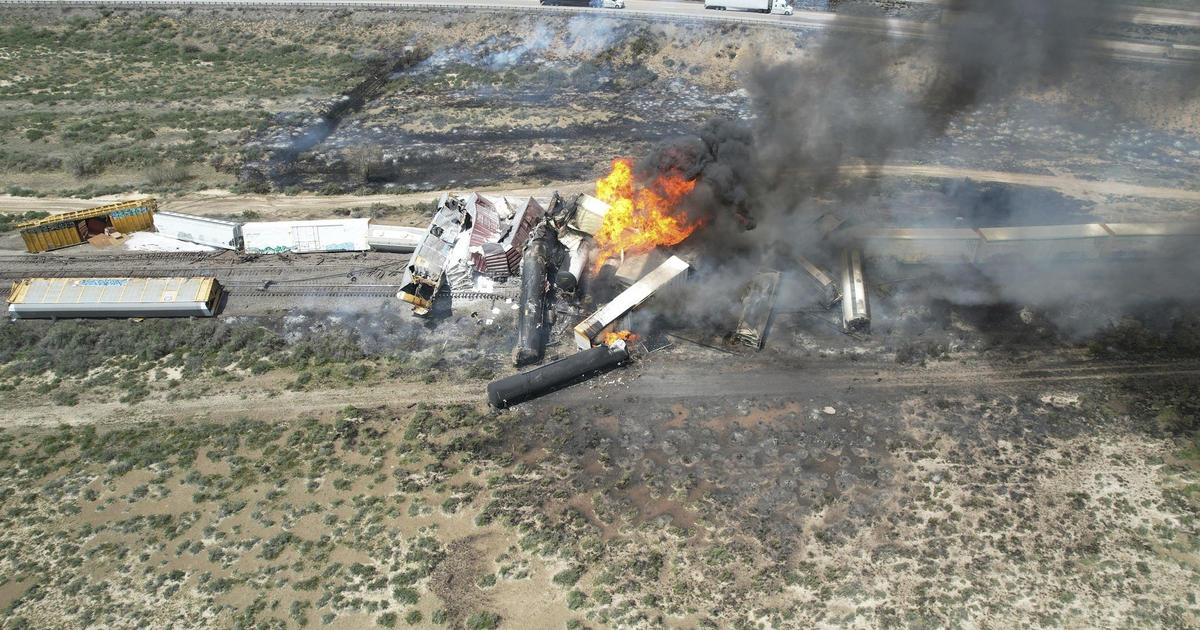What causes earthquakes? The science behind why seismic events like today's New Jersey shakeup happen
A strong earthquake centered outside of New York City rattled much of the East Coast on Friday morning, followed by several aftershocks.
The earthquake — which the U.S. Geological Survey said was magnitude 4.8 — occurred at about 10:20 a.m. The quake was centered near Whitehouse Station, New Jersey, which is about 40 miles west of New York City, according to the USGS. So far, there have been no reports of injuries or major damage, but many who felt the quake took to social media to describe the unusual experience.
Here's what to know about earthquake activity on the East Coast, and what can cause such temblors.
What causes earthquakes?
Earthquakes occur when the plates that make up the Earth's crust move around. These plates, called tectonic plates, can push against each other.
Earthquakes are most common along fault lines, which are fractures that allow the plates to move.
Earthquakes occur when two plates suddenly slip past each other, setting off seismic waves that cause the planet's surface to shake, according to the USGS.
What is an earthquake, scientifically speaking?
An earthquake is what happens when the seismic energy from plates slipping past each other rattles the planet's surface.
Those seismic waves are like ripples on a pond, the USGS said.
The earthquake will be strongest at its epicenter, the point on the surface directly above where the quake started, and the effects will be diminished as they spread further. In Friday's earthquake, the epicenter was in northern New Jersey, but its effects were felt in New York City, Philadelphia and as far away as Baltimore.
What caused the East Coast earthquake?
It's not clear what fault line Friday's earthquake originated on.
There is a major fault line in New Jersey called the Ramapo Fault, which stems from the Appalachian Mountains, CBS New York reported. There are also at least five smaller fault lines under the island of Manhattan.
On the West Coast, it can be possible to determine exactly which fault line a quake originated along, the USGS said, because of how well-studied some plate boundaries like the San Andreas fault are. But on the East Coast, the nearest plate boundaries are in the center of the Atlantic Ocean, making it hard to study the area.
"The urban corridor (between New York City and Wilmington, Delaware) is laced with known faults but numerous smaller or deeply buried faults remain undetected. Even the known faults are poorly located at earthquake depths," the USGS says on its website. "Accordingly, few, if any, earthquakes in the urban corridor can be linked to named faults."
Are earthquakes common on the East Coast?
Earthquakes are rarer on the East Coast compared to the West Coast, but they do happen. Moderately damaging earthquakes strike between New York and Wilmington, Delaware, about twice a century, the USGS said, and smaller earthquakes are felt in the region roughly every two to three years.
While East Coast earthquakes are less common than their counterparts on the West Coast, they tend to be felt over a wide area, as evidenced by Friday's quake, the USGS said. A 4.0 magnitude quake could be felt more than 60 miles from its epicenter, the agency said.
Will earthquakes happen more frequently?
In January, the USGS estimated that nearly 75% of the U.S. could experience a damaging earthquake in the next century. The prediction is based on research done by dozens of scientists and engineers using seismic studies, historical geological data and new information to identify nearly 500 additional fault lines that could produce damaging quakes.
It is possible that the central and northeastern Atlantic Coastal region could see more temblors, researchers said. Earthquakes are also likely in California and Alaska, which are historically seismically active regions.




